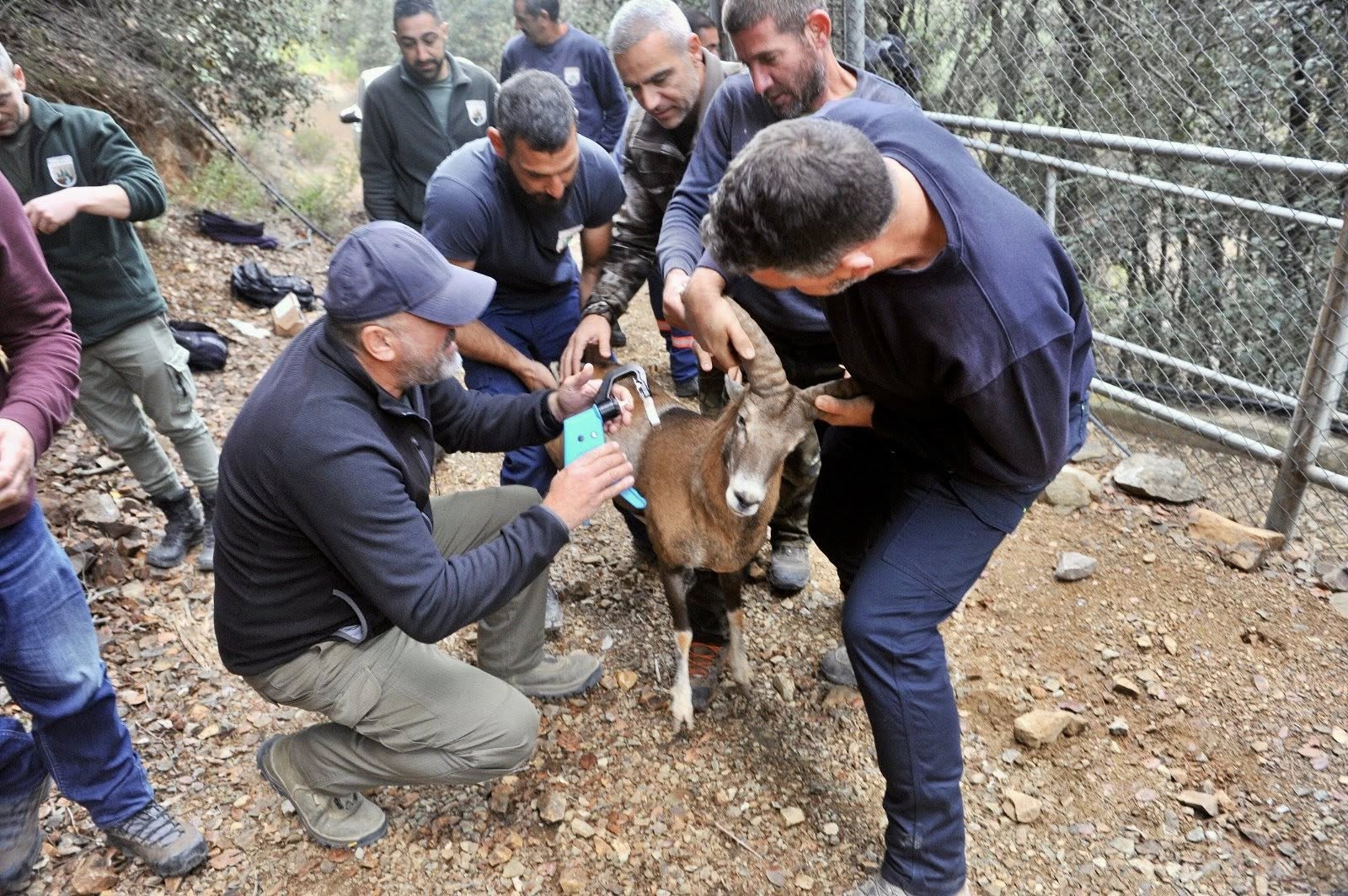Book review: Hidden Valley Road by Robert Kolker
By Philippa Tracy
Hidden Valley Road is the story of an American family striving for the American dream. There are 12 children: two girls and 10 boys, six diagnosed with schizophrenia, one of the first families to be studied by the National Institute of Mental Health. Although the book is ostensibly a family history, it is much more than that; it is also a history of schizophrenia, the various and ever-changing medical views about the illness, causes and treatments. Told in three parts, each with a different focus, this well-researched book offers an insight into the horror of living with schizophrenia, as well as a commentary on the scientific and medical progress made towards understanding it in the post WW2 era.
Hidden valley Road in Colorado Springs was the family home of Don and Mimi Galvin and their children, born between 1945 and 1965. One of the boys’ wives observed, many years later, that the house, “seemed like such an emotional shambles, drenched in confusion and anarchy.” This description seems heartbreakingly accurate. The booked is based on extensive interviews with family members, including elderly matriarch Mimi, diaries and medical records. Much is told from the perspective of the youngest daughter, Lindsay, who was sexually abused by one brother but spent much of her life trying to support her mother and her other mentally ill brothers, forced to navigate the institutions they were locked up in, on and off, for years.
Mimi Galvin is a truly tragic figure, who believed her family was “exemplary.” Her determination to support her sick sons and keep them at home as long as possible had a truly terrible impact on her relationship with her other children, especially her daughters. One son abused both daughters and another killed himself and an ex-girlfriend with a rifle. As if that wasn’t misery enough, she talks about her shame at how the doctors, “crucified us. We were the worst parents in the world.” A prevailing theory at the time, “the schizophrenogenic mother,” was used to put all the blame on her.
This idea of mother blaming is shocking now, and Mimi says she was crushed at the time, “I thought I was such a good mother. I baked a cake and a pie every night. Or at least had Jell-O with whipped cream.” Lindsay despairs that the professionals treating her brothers seemed to do little more than offer them drugs. These drugs are “little more than another kind of lobotomy — a way of warehousing people’s souls.” As well as Mimi and Lindsay, a third woman stands out in this story. Lynn DeLisi who used the Galvins’ DNA in her research into multiplex families. Kolker details her many years of struggles to pursue her research to find the genetic markers for schizophrenia and the intense debate around its underlying nature. This illness, or collection of symptoms, has a shockingly high rate of suicide: one out of every 20 cases ends that way. Meanwhile the neuroleptic drugs used to treat it can have damaging long-term side effects “sooner or later, the cure becomes as damaging as the disease.”
For anyone who grew up around someone diagnosed with schizophrenia, this book will be deeply affecting. It is a fascinating read; a story of competing theories, misunderstandings and a continuing failure to find a cure for a terrible disease. It is about the six young men who were let down in so many ways, and about the resilience and determination of three women to support them and to find answers.







Click here to change your cookie preferences